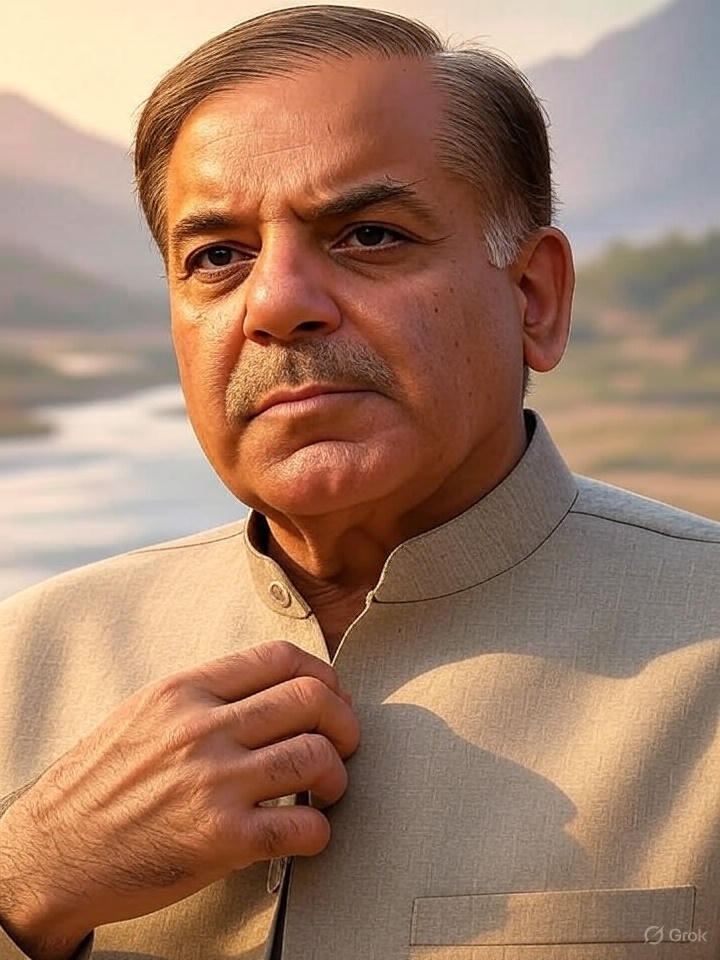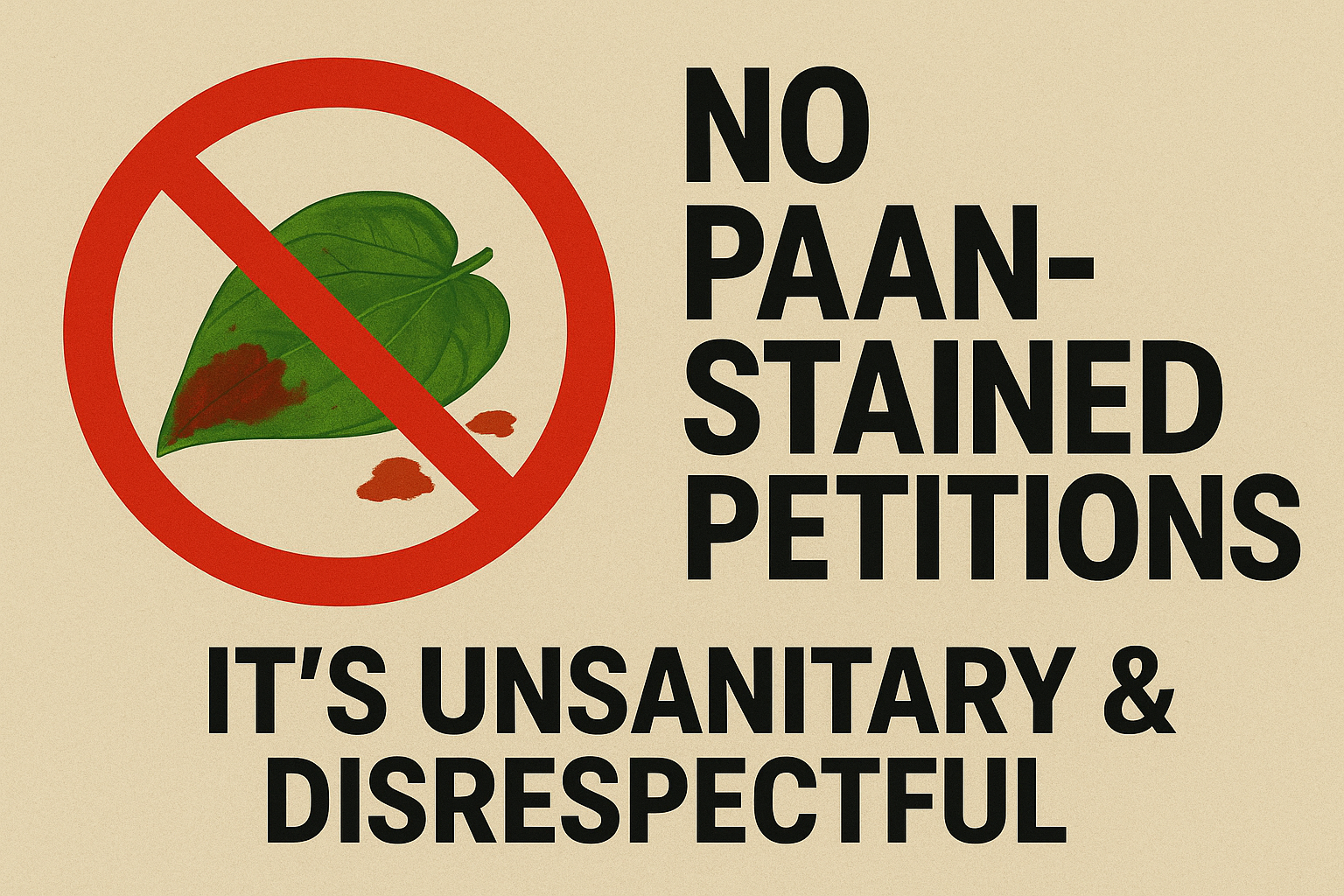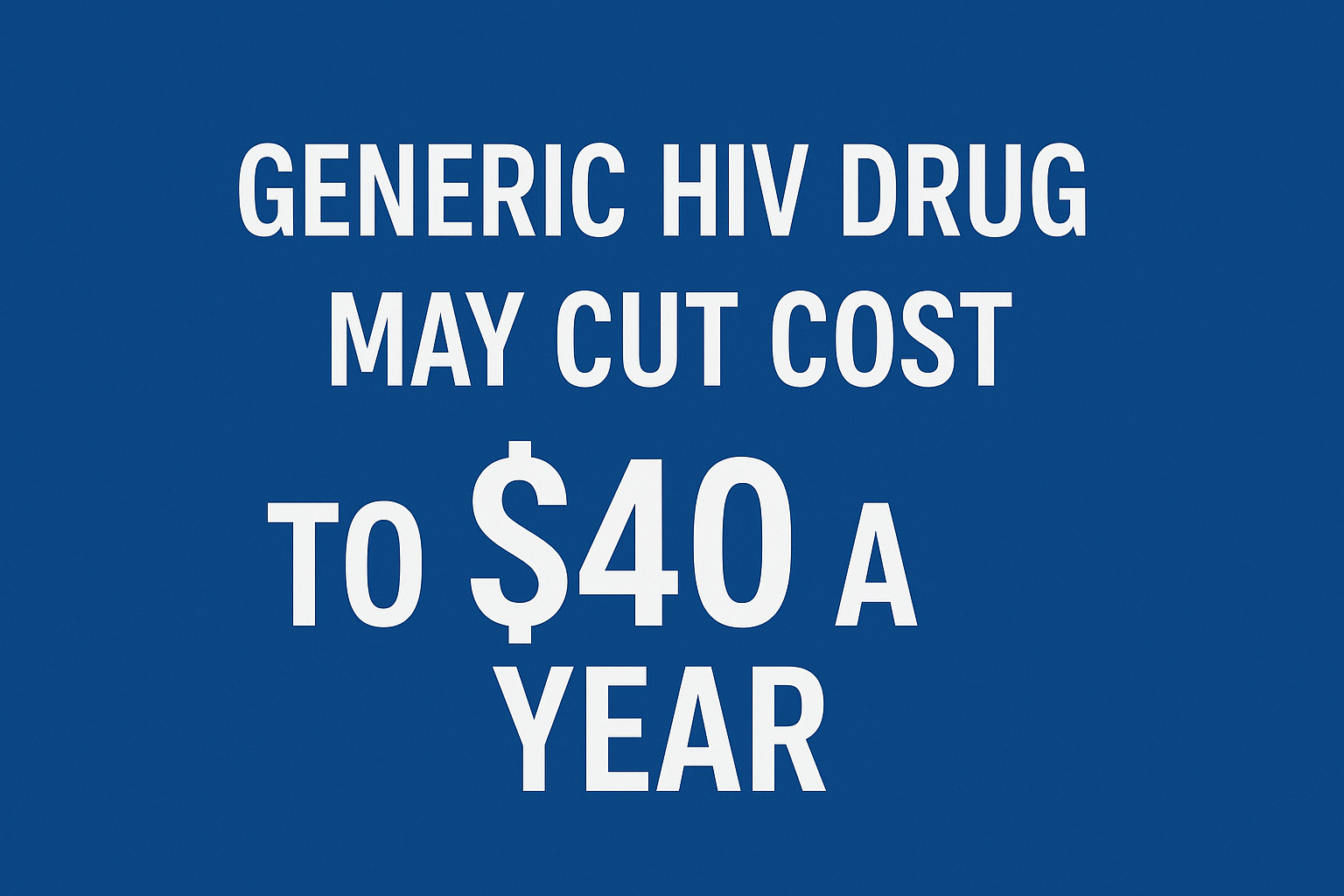
India proudly ranks as the fifth-largest economy in the world, yet this milestone often overshadows a crucial reality: nearly 70% of its 1.4 billion citizens reside in rural areas. With over 600,000 villages spread across 640 districts, the backbone of rural livelihood remains agriculture and allied sectors. Farming, however, is heavily reliant on the monsoon, which continues to be unpredictable. Despite advancements in technology, the Indian Meteorological Department (IMD) frequently falls short in accurate forecasting.
Education in rural India faces significant disparities. While 30% of the population still lives in underdeveloped conditions, access to quality education remains uneven. The distribution of colleges and high schools is severely skewed, forcing many students to travel long distances to urban areas for higher studies. Government schools serve around 60% of the student population, yet the number of these institutions—approximately 10,22,386—is witnessing a marginal annual decline of 0.02%. This trend is deeply concerning, especially since the Right to Education Act guarantees free education for children aged 6 to 14.
Successive governments have introduced initiatives to alleviate rural poverty, and while official data suggests progress, the impact on the ground remains limited. Numerous flagship programs have been launched to bridge this gap and boost rural development, including:
- Pradhan Mantri Awas Yojna (PMAY-G)
- Pradhan Mantri Sahaj Bijli Har Ghar Yojna (Saubhagya)
- Pradhan Mantri Ujjwala Yojna (PMUY)
- Sansad Adarsh Gram Yojna
- MGNREGA (100 days of employment in every financial year)
- Deen Dayal Upadhyaya Grameen Kaushal Yojna (DDU-GKY)
- Indira Awas Yojna (IAY)
- Sampporna Grameen Rozgar Yojna (SGRY)
- Pradhan Mantri Gram Sadak Yojna (PMGY)
- Aajeevika- National Rural Livelihoods Mission (NRLM)
For the fiscal year 2024–25, the Indian government has revised its rural development allocation to ₹1.77 lakh crore. Yet, this substantial investment has resulted in only marginal improvement in alleviating rural poverty. The launch of welfare schemes, while commendable, often falls short in execution due to the absence of accountability among policymakers. Since independence, rural India has grappled with persistent challenges in poverty, education, healthcare, and overall quality of life—none of which have been fully resolved despite decades of policy efforts and data-backed claims.
At a recent farmers' conference in Varanasi, Agriculture Minister Shivraj Singh Chouhan showcased the “PM-Kisan Samman Nidhi” scheme, under which ₹20 lakh crore is to be distributed to nearly 10 crore farmers. Yet, with just ₹6,000 being disbursed annually per farmer, questions arise: can such a nominal amount truly transform India’s agrarian economy?
Agriculture employs nearly 62% of India’s workforce but contributes only 18.2% to the national GDP. This disparity signals a structural imbalance that hinders inclusive growth. Additionally, India’s R&D expenditure stands at a meager 0.7% of GDP, far behind nations like the US (2.8%), China (2.1%), and Israel (4.2%). While recent policy statements project a 3.5% growth in agriculture, buoyed by rising exports, the sector's share in gross value added (GVA) has plummeted to 15%, compared to 35% in 1990–91. Without bridging these gaps through innovation, investment, and infrastructure, true rural transformation remains a distant dream.



.jpeg)


.jpeg)




.jpeg)

.jpeg)


.jpeg)


.jpeg)

.jpeg)